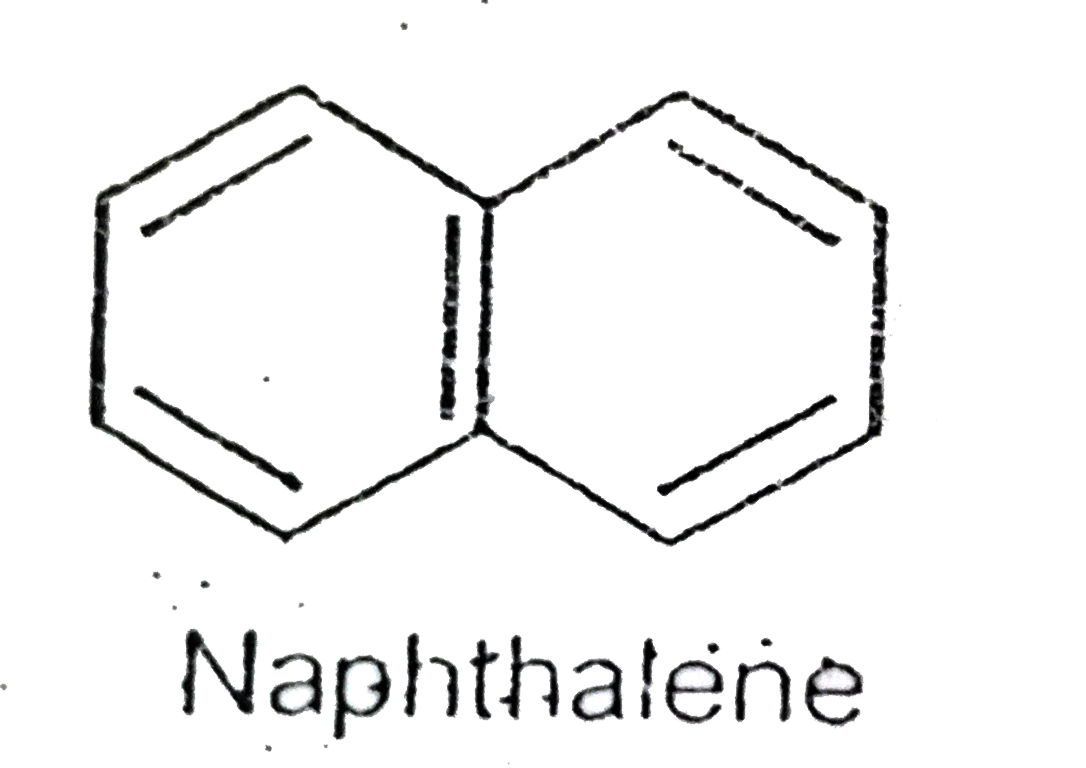Let f(x)=x|x|andg(x)=sinx∈x
Statement 1 :
gof is differentiable at x=0
and
its derivative is continuous at that point
Statement
2: gof is twice differentiable at x=0
(1)
Statement1 is true, Statement2 is true, Statement2 is a correct
explanation for statement1
(2)
Statement1 is true, Statement2 is true; Statement2 is not a correct
explanation for statement1.
(3)
Statement1 is true, statement2 is false.
(4)
Statement1 is false, Statement2 is true
1
2
3
4
The correct Answer is:C
We have f(x)=x|x|andg(x)=sinx
∴gof(x)=sin(x|x|)={−sinx2,x<0sinx2,x≥0
∴(LHD of gof at x=0)=limx→0−gof(x)−gof(0)x−0
⇒(LHD of gof at x=0)=limx→0−−sinx2x=limx→0x(sinx2x2)=0 and ⇒(RHD of gof at x=0)=limx→0+gof(x)−gof(0)x−0
⇒(RHD of gof at x=0)=limx→0+sinx2x=−limx→0x(sinx2x2)=0
So, gof is differentiable at x=0 such that (gof)'(x)={−2xcosx2,x<02xcosx2,x≥0
Clearly, limx→0−(gof)'(x)=limx→0+(gof)'(x)=(gof)'(0)
So, (gof)' is continuous at x=0.
Hence, statement-1 is true.
Let ϕ(x)=(gof)'(x)=Then
(LHD of ϕ(x) at x=0)=limx→0−ϕ(x)−ϕ(0)x−0=limx→0−−2xcosx2x=2 and(RHD of ϕ(x)at x=0)=limx→0+ϕ(x)−ϕ(0)x−0=limx→0+2xcosx2x=2
∴ (gof)' (x) is not differentiable at x=0. ie. gof is not twice differentiable at x=0.
So, statement-2 is not true.
Topper's Solved these Questions
- CONTINUITY AND DIFFERENTIABILITYBOOK - OBJECTIVE RD SHARMA ENGLISHCHAPTER - CONTINUITY AND DIFFERENTIABILITYEXERCISE - Exercise
87 Videos
- CONTINUITY AND DIFFERENTIABILITYBOOK - OBJECTIVE RD SHARMA ENGLISHCHAPTER - CONTINUITY AND DIFFERENTIABILITYEXERCISE - Section I - Solved Mcqs
143 Videos
- COMPLEX NUMBERS BOOK - OBJECTIVE RD SHARMA ENGLISHCHAPTER - COMPLEX NUMBERS EXERCISE - Chapter Test
58 Videos
- DEFINITE INTEGRALSBOOK - OBJECTIVE RD SHARMA ENGLISHCHAPTER - DEFINITE INTEGRALSEXERCISE - Chapter Test 2
56 Videos
Similar Questions
Statement-1: p-Nitroaniline is more polar than nitrobenzene
and
Statement-2: Nitro group has -M effect.
(a) Statement-1 is true, Statement-2 is true, Statement-2 is a correct explanation for Statement-1
(b) Statement-1 is true, Statement-2 is true, Statement-2 is not a correct explanation for Statement -1
(c) Statement -1 is true, Statement -2 is false
(d) Statement -1 is false, Statement -2 is true
View SolutionStatement-1: In naphthalene all C-C bonds are equal

and
Statement-2: Like benzene naphthalene is also aromatic.
(a) Statement-1 is true, Statement-2 is true, Statement-2 is a correct explanation for Statement-1
(b) Statement-1 is true, Statement-2 is true, Statement-2 is not a correct explanation for Statement -1
(c) Statement -1 is true, Statement -2 is false
(d) Statement -1 is false, Statement -2 is true
View SolutionStatement-1: ∫sin−1xdx+∫sin−1√1−x2dx=π2x+cStatement-2: sin−1x+cos−1x=π2 (A) Statement-1 is True, Statement-2 is True, Statement-2 is a correct explanation for Statement-1. (B) Statement-1 is True, Statement-2 is True, Statement-2 is NOT a correct explanation for Statement-1. (C) Statement-1 is True, Statement-2 is False. (D) Statement-1 is False, Statement-2 is True.
View SolutionStatement-1: The function F(x)=∫sin2xdx satisfies F(x+π)=F(x),∀ξnR ,Statement-2: sin2(x+π)=sin2x (A) Statement-1 is True, Statement-2 is True, Statement-2 is a correct explanation for Statement-1. (B) Statement-1 is True, Statement-2 is True, Statement-2 is NOT a correct explanation for Statement-1. (C) Statement-1 is True, Statement-2 is False. (D) Statement-1 is False, Statement-2 is True.
View SolutionStatement-1: ∫(x2−1x2)ex2+1xdx=ex2+1x+C Statement-2: ∫f(x)ef(x)dx=f(x)+C (A) Statement-1 is True, Statement-2 is True, Statement-2 is a correct explanation for Statement-1. (B) Statement-1 is True, Statement-2 is True, Statement-2 is NOT a correct explanation for Statement-1. (C) Statement-1 is True, Statement-2 is False. (D) Statement-1 is False, Statement-2 is True.
View SolutionConsider the function F(x)=∫x(x−1)(x2+1)dxStatement-1: F(x) is discontinuous at x=1 ,Statement-2: Integrand of F(x) is discontinuous at x=1 (A) Statement-1 is True, Statement-2 is True, Statement-2 is a correct explanation for Statement-1. (B) Statement-1 is True, Statement-2 is True, Statement-2 is NOT a correct explanation for Statement-1. (C) Statement-1 is True, Statement-2 is False. (D) Statement-1 is False, Statement-2 is True.
View SolutionStatement -1 (12)7<(13)4
⇒7log(12)<4log(13)⇒7<4
Statement-2 If ax<ay, where a<0,x,y>0, then x>y.
(a) Statement-1 is true, Statement-2 is true, Statement-2 is a correct explanation for Statement-1
Statement-1 is true, Statement-2 is true, Statement-2 is not a correct explanation for Statement -1
(c) Statement -1 is true, Statement -2 is false
(d) Statement -1 is false, Statement -2 is true.
View SolutionStatement-1: Vinyl chloride is more reactive than ethylene.
and
Statement-2: Addition of HBr on vinyl chloride follows Markovnikoff's addition.
(a) Statement-1 is true, Statement-2 is true, Statement-2 is a correct explanation for Statement-1
(b) Statement-1 is true, Statement-2 is true, Statement-2 is not a correct explanation for Statement -1
(c) Statement -1 is true, Statement -2 is false
(d) Statement -1 is false, Statement -2 is true
View SolutionStatement-1: ∫(sinx)x(xcotx+logsinx)dx=x(sinx)xStatement-2: ddx(f(x))g(x)=(f(x))g(x)ddx[g(x)logf(x)] (A) Statement-1 is True, Statement-2 is True, Statement-2 is a correct explanation for Statement-1. (B) Statement-1 is True, Statement-2 is True, Statement-2 is NOT a correct explanation for Statement-1. (C) Statement-1 is True, Statement-2 is False. (D) Statement-1 is False, Statement-2 is True.
View Solution
Statement-1 : limx→0√1−cos2xx at (x = 0) does not exist.
Statement -2 :Right hand limit ≠ Left hand limit
i) Statement - 1 is True, Statement-2 is True, Statement-2 is a correct explanation for statement-1
ii)Statement-1 is True, Statement-2 is True, Statement-2 is Not a correct explanation for statement-1
iii)Statement-1 is True, Statement-2 is False
iv)Statement -1 is False, Statement-2 is True
View Solution
